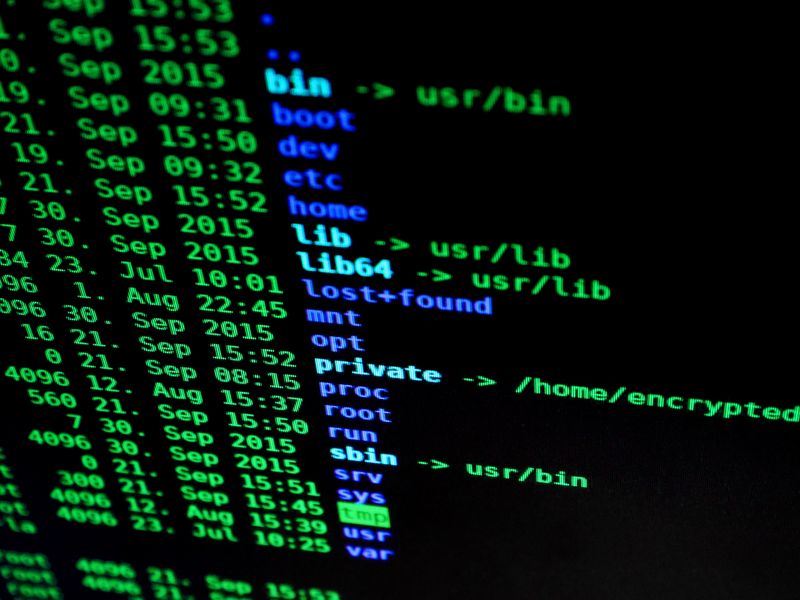Securing Sensitive Accounts: Overcoming PAM Challenges and Safeguarding Sensitive Accounts
Introduction
In today’s digital world, where cyber threats continue to evolve and become more sophisticated, organizations and individuals face significant challenges in securing sensitive accounts. From data breaches to hacking attempts and software vulnerabilities, the stakes are high when it comes to ensuring the protection of valuable information. One key strategy to mitigate these risks is implementing Privileged Access Management (PAM) security practices. In this article, we will explore the importance of PAM security, examine some common challenges, and discuss innovative strategies for safeguarding sensitive accounts.
The Relevance of PAM Security
Privileged Access Management refers to the set of processes, procedures, and technologies used to control and monitor access to critical system resources and sensitive data within an organization. PAM security is crucial because it focuses on protecting privileged accounts, which have elevated permissions and administrative privileges. These accounts, when compromised, can result in severe consequences, such as unauthorized access to critical systems, theft of sensitive data, and even the disruption of crucial business operations.
Cybersecurity and the Evolving Threat Landscape
Cybersecurity has become a prominent concern for businesses and individuals alike due to the increasing frequency and sophistication of cyber attacks. Many organizations, including government entities and large corporations, have fallen victim to data breaches and hacking attempts, leading to financial losses and reputational damage. Moreover, recent discoveries of CPU vulnerabilities and side-channel attacks have highlighted the need for robust security measures, as even computer hardware can be susceptible to exploitation.
The Role of Software Vulnerabilities
Software vulnerabilities pose significant risks to sensitive accounts as they can serve as entry points for cybercriminals. Developers and software companies play a pivotal role in addressing these vulnerabilities by promptly patching their systems and regularly updating their software. However, users must also play an active role by keeping their software up to date and implementing multi-factor authentication (MFA) protocols to add an extra layer of protection to their accounts.
Challenges in PAM Security
While PAM security is a crucial aspect of protecting sensitive accounts, implementing effective strategies comes with its own set of challenges. Some common obstacles include:
Complexity and Usability
Implementing robust PAM security can sometimes lead to increased complexity and decreased user-friendliness. Organizations must strike a balance between strong security measures and providing employees with a seamless user experience, as overly burdensome security protocols can hinder productivity and lead to user resistance.
Role Confusion and Privilege Creep
Maintaining clear roles and privileges is essential within PAM security frameworks. Role confusion or privilege creep, where users accumulate unnecessary privileges over time, can result in compromised accounts and potential unauthorized access. Organizations must regularly review and update privileges to minimize these risks.
Insider Threats and Monitoring
Insider threats, whether intentional or accidental, pose significant risks to sensitive accounts. Monitoring and detecting unusual behavior patterns are critical to identifying potential security breaches. However, balancing privacy concerns with effective monitoring practices raises ethical and practical challenges in PAM security.
Safeguarding Sensitive Accounts: Innovative Strategies
To overcome PAM challenges and ensure the safeguarding of sensitive accounts, organizations and individuals should consider implementing the following innovative strategies:
Adaptive Authentication
Adaptive authentication leverages machine learning algorithms to dynamically adjust the level of security required based on users’ behavior and contextual information. This approach enhances security by ensuring that the user’s access privileges dynamically adapt to their specific needs, minimizing unnecessary complexity while maintaining strong security protocols.
Zero Trust Architecture
Zero Trust architecture assumes that no user or device within a network can be trusted by default. It places an emphasis on verifying each user and device’s identity before granting access to sensitive resources. By implementing strict access controls, multi-factor authentication, and continuous monitoring, Zero Trust architecture enhances PAM security by reducing the risk of unauthorized access.
Identity and Access Management (IAM)
Implementing a comprehensive IAM system allows organizations to manage user access privileges and credentials effectively. IAM systems provide centralized control and streamline user provisioning, access requests, and role management, reducing the risk of privilege creep and improving overall PAM security.
Education and Awareness
Education and awareness play a critical role in PAM security. Organizations should invest in comprehensive training programs that educate employees about the importance of securing sensitive accounts and the potential risks associated with cyber threats. Promoting a culture of cybersecurity awareness can significantly reduce the likelihood of successful hacking attempts and improve overall security posture.
Conclusion: The Importance of Prioritizing PAM Security
As the threat landscape in the digital realm continues to evolve, prioritizing Privileged Access Management security becomes paramount for organizations and individuals alike. By implementing innovative strategies such as adaptive authentication, zero trust architecture, robust IAM systems, and fostering a culture of education and awareness, entities can significantly mitigate the risks associated with sensitive accounts. However, it is crucial to strike a balance between strong security measures and maintaining usability, as overly burdensome security protocols can impede productivity. As we move forward, the ongoing collaboration between technological advancements, continuous monitoring, and user involvement remains essential in safeguarding sensitive accounts and protecting against cyber threats.

<< photo by cottonbro studio >>
The image is for illustrative purposes only and does not depict the actual situation.
You might want to read !
- Symmetry Systems Secures $17.7M Funding to Fuel Expansion of AI-Driven Data Security Platform
- Emerging New Era: LastPass Introduces FIDO2 Authenticators for Passwordless Login
- The Rise of the MoustachedBouncer: APT Spies Target Embassies and ISPs
- The Race Against Cyber Threats: An In-depth Look at Android’s August 2023 Security Updates
- Zenbleed: Unveiling the Vulnerabilities Lurking in AMD CPUs
- Why Shellshock’s Longevity Makes It an Ongoing Cybersecurity Menace
- Why Apple Users Can No Longer Ignore the Mac Attack
- “The Quiet Threat: Unmasking the Vulnerability of Laptop Keystrokes”
- The Impact of Hospital Mergers on Data Breaches: Investigating the Link
- Cloud Security Risks: Unveiling the Top Five Threats
- The Unseen Threat: Exploring 8 Sizzling Cybersecurity Tales
- Cyber Intrusion: Pro-Russian Hackers Penetrate Foreign Embassies in Belarus
- The Hunt for Justice: Victor Zhora’s Battle to Catalog Evidence of Russian Hackers’ Cyberwar Crimes in Ukraine
- The Urgent Need to Address Software Supply Chain Security: Insights from OWASP
- Tesla Jailbreak: The Dark Side of In-Car Technology
- “Are You Exposed to the Perils? MITRE’s 2023 Top 25 Dangerous Software Weaknesses Revealed”
- Hospitals and Health Care Under Siege: Unmasking the Threat of Cyberattacks
- The Great Data Breach of our Time: Exposing the Vulnerabilities We Can No Longer Ignore
- The Shifting Landscape: BlueCharlie’s Countermeasures After Intelligence Leaks




